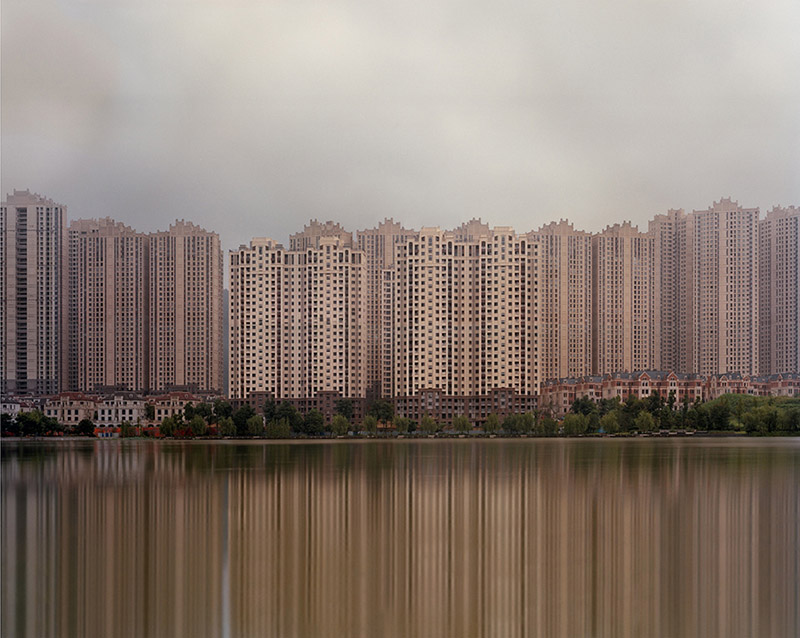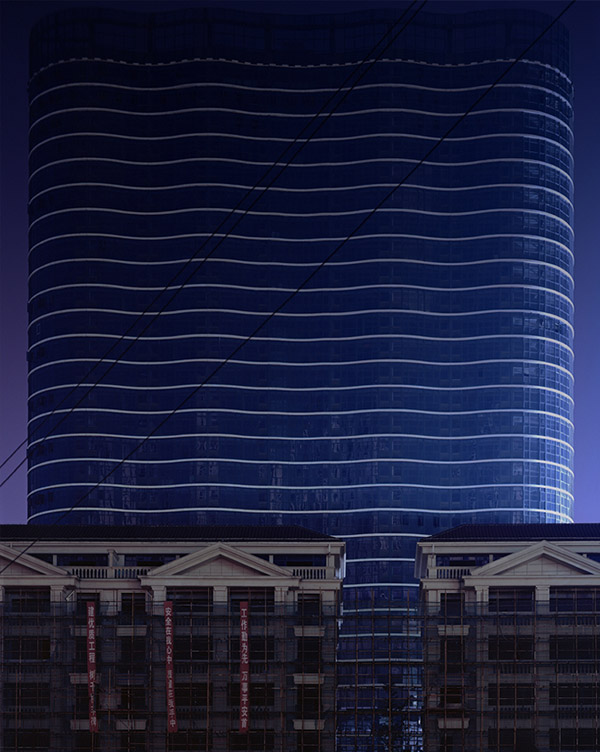When those who it was built for are not present
 [Image: Photo by Kai Caemmerer].
[Image: Photo by Kai Caemmerer].I've got a new article up over at New Scientist looking at the so-called "ghost cities" of China, and where exactly they can be found. This is not as straightforward as it might seem:
It seems hard to lose track of an entire city. But that appears to be what’s taken place—and not just once, but over and over again. The infamous “ghost cities” of China have become a favorite internet meme of the past half-decade. These ghost cities are meant to be sprawling wastelands of empty streets and uninhabited megastructures, without a human being in sight. But for all the discussion, do these places really exist?The rest of the piece looks at various strategies put to use not only for quantifying but for simply locating these developments in the first place. This includes data analysis and satellite photography—but, just as compellingly, on-the-ground firsthand exploration.
 [Image: Photo by Kai Caemmerer].
[Image: Photo by Kai Caemmerer].Here, I talked to photographer Kai Caemmerer who has recently undertaken a series of photos exploring what he calls "unborn cities," or cities not dead and expired—that is, not ghost cities—but cities that are incomplete and still awaiting their future populations.
"Unlike many Western cities that begin as small developments and grow in accordance with local industries, gathering community and history as they age," Caemmerer explains, "these areas are built to the point of near completion before introducing people."
Because of this, there is an interim period between the final phases of development and when the areas become noticeably populated, when many of the buildings stand empty, occasionally still cloaked in scrim. During this phase of development, sensationalist Western media often describe them as defunct "ghost cities," which fails to recognize that they are built on an urban model, timeline, and scale that is simply unfamiliar to the methods of Western urbanization.Caemmerer continued, pointing out that his interest in ostensibly empty urban environments is not about shaming China, or implying that unused architectural space is somehow only a non-Western problem. In fact, in another series—a few example of which I hope to post here in the near-future—Caemmerer turns his lens on his own home city of Chicago.
"I'm interested in what happens to the urban landscape when those who it was built for are not present," he explained to me. "More specifically, I'm interested in what can be revealed by the architecture when it appears vacant. "
Read more over at New Scientist.
(Thanks to Richard Mosse for putting me in touch with Caemmerer).





Comments are moderated.
If it's not spam, it will appear here shortly!
In former communist states you can see the same, as for their reasoning...
Having moved a lot of people from the rural area to work in urban factories, they needed quick and simple housing, pretty much like those in the pictures. Featureless blocks of concrete and steel.
These days, in Romania for instance, people are slowly migrating back, or at least, away from the urban centers. There was a recent study that showed some cities losing up to 20% of their population to sub-urban areas.
The reasons for this are plentiful, commute, access to schools, private or public, healthcare, the arrival of hypermarkets etc.
Still, most of them were built after an earthquake in '74, which changed the standards dramatically, so, we'll be stuck with them for a very long time.
Post a Comment